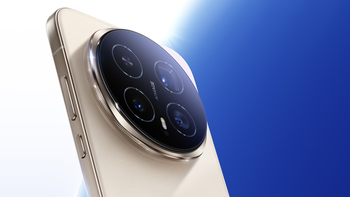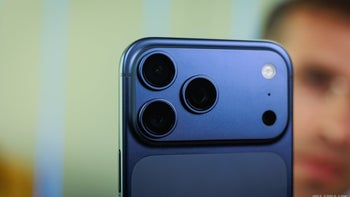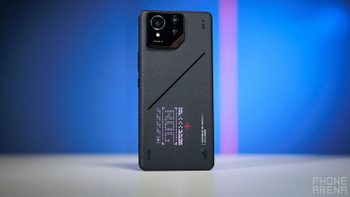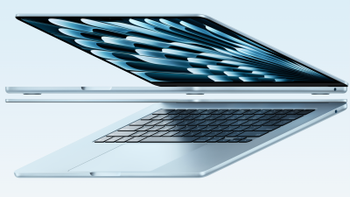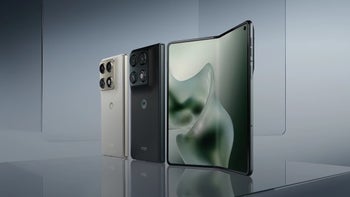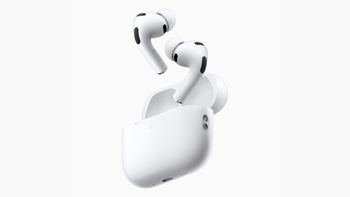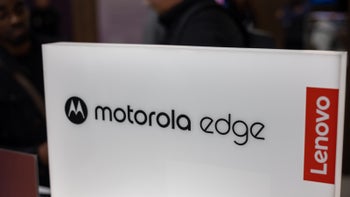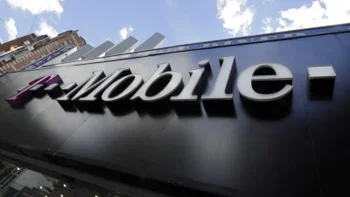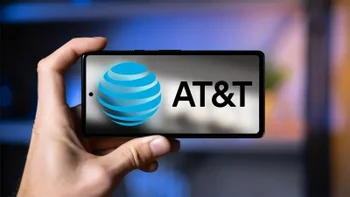- Home
- Google Phones
- You are here
Google Nexus 5X
Full Specifications
This device is also known as LG Nexus 5X
I want it
35 users
I have it
27 users
I had it
47 users
Availability |
|
|---|---|
| Officially announced | Sep 29, 2015 |
| Prices (MSRP) |
2GB/16GB - $379 2GB/32GB - $429 |
| This device has different variants: View all | |
Design |
|
|---|---|
| Dimensions |
5.79 x 2.86 x 0.31 inches 147 x 72.6 x 7.9 mm |
| Weight | 4.80 oz / 136.0 g |
| Materials | Back: Plastic |
| Biometrics | Fingerprint (touch) |
| Features | Notification light |
| Keys | Right: Volume control, Lock/Unlock key |
| Colors | Black, Blue, White |
Display |
|
|---|---|
| Size | 5.2-inch, 70.04% screen-to-body |
| Type | IPS LCD |
| Resolution | 1920x1080px, 423 PPI |
| Protection | Corning Gorilla Glass 3 |
| Features | Oleophobic coating |
| PhoneArena Display Test | |
|---|---|
| Bright Max (20% APL) | Untested |
| Bright Min | 2 (Good) |
|
Learn more on our
PhoneArena Display Test Results page.
|
|
Hardware |
|
|---|---|
| System chip | Snapdragon 808 MSM8992 |
| Processor |
Hexa-core ARM Cortex-A57 and ARM Cortex-A53 |
| GPU | Adreno 418 |
| Memory |
2GB (LPDDR3)/32GB 2GB/16GB |
| OS | Android (8.1 Oreo, 8.0 Oreo, 7.1 Nougat, 7.0 Nougat, 6.0 Marshmallow) |
| This device has different variants: View all | |
Battery |
|
|---|---|
| Type | 2700 mAh, Li - Ion |
Camera |
|
|---|---|
| Rear | Single camera |
| Main camera |
12.3 MP (Laser autofocus) Aperture size: F2.0 Sensor size: 1/2.3" Pixel size: 1.55 μm |
| Flash | Dual LED |
| Video recording |
4K UHD (30 fps), 1080p, 720p (120 fps) Video calling |
| Front |
5 MP Video capture: 1080p |
Connectivity & Features |
|
|---|---|
| Bluetooth | 4.2 |
| WLAN |
a,b,g,n,ac,dual-band MIMO, Hotspot 802.11 a, b, g, n, ac |
| USB | Type-C |
| Sensors | Accelerometer, Gyroscope, Compass, Hall (for flip covers), Barometer, Ambient light sensor, Proximity sensor |
| Location | GPS, A-GPS, Glonass |
| Other | NFC, Tethering, Computer sync, OTA sync |
Multimedia |
|
|---|---|
| Headphones | 3.5mm jack |
| Speakers | Earpiece, Loudspeaker |
| Features | Album art cover, Background playback |
Cellular |
|
|---|---|
| LTE Bands | 1, 2, 3, 4, 5, 7, 8, 9, 17, 18, 19, 20, 26, 28 |
| TDD Bands | 38, 40, 41 |
| 3G Bands | 1, 2, 4, 5, 6, 8 |
| Data Speed | LTE-A Cat 6 (300/50 Mbit/s), HSPA, HSUPA, UMTS |
| SIM type | Nano SIM |
| This device has different variants: View all | |
Alternative variants
| Differences from the main variant: | |
|---|---|
| Memory | 16GB |
| Prices (MSRP) | $379 |
| Differences from the main variant: | |
|---|---|
| LTE Bands | 1, 2, 3, 4, 5, 7, 12, 13, 17, 20, 25, 26, 29 |
| TDD Bands | 41 |
| 3G Bands | 5, 8, 4, 3, 2, 1 |
Despite our efforts to provide full and correct Google Nexus 5X specifications, there is always a possibility of admitting a mistake. If you see any wrong or incomplete data, please
If you are interested in using our specs commercially, check out our Phone specs database licensing page.
Overall User Rating
7.4
Build quality
6.9
Camera quality
7.5
Performance
7.5
Display
7.4
Battery life and charging
6.5
Related News
Google's Nexus 5X and Nexus 6P may have just received their final software update
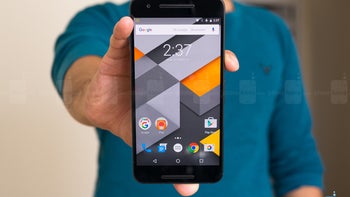
Did you ever wish Google would just stop this Pixel nonsense and go back to co-designing experimental, highly flawed but respectable and affordable Nexus smartphones? That’s obviously not going to happen, and if you somehow clung on to 2015&rsq...

Bug on all Pixel series and other Android phones stops pictures from being saved
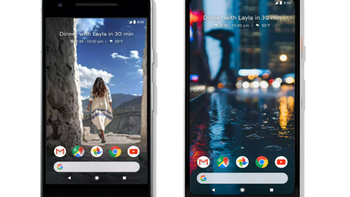
The Pixel User Community page has several recent posts from Pixel owners that mention a possible photo bug. Those behind these posts state that photos they've taken with their Pixel 3 series, Pixel 2 series (see image at the top of this article) and ...

August Android security update can now be flashed on Pixel and Nexus devices
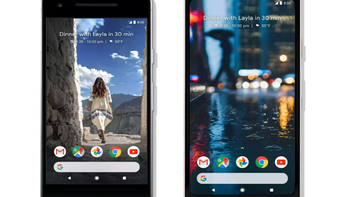
Earlier today, the Google Pixel phones were updated to Android 9.0 Pie. And Google didn't stop there. It has now published the August Android security update for a small coterie of Pixel and Nexus handsets. These can be found at Google's Factory Imag...

Google launches July Android security patch for Pixel and Nexus devices
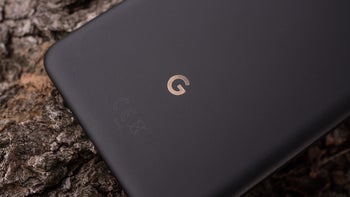
Following the company’s usual schedule, Google has confirmed that the July 2018 Android security patch is rolling out starting today to various Pixel and Nexus smartphones, with the patch itself bringing a total of eight fixes for “critic...

